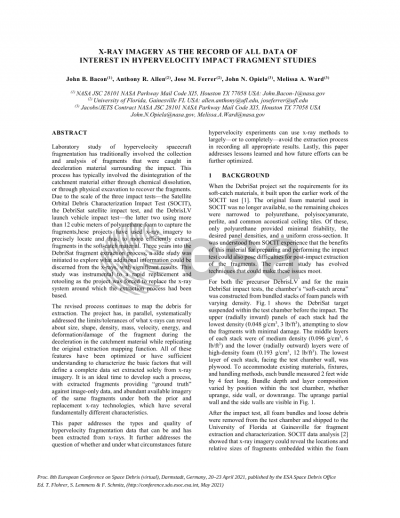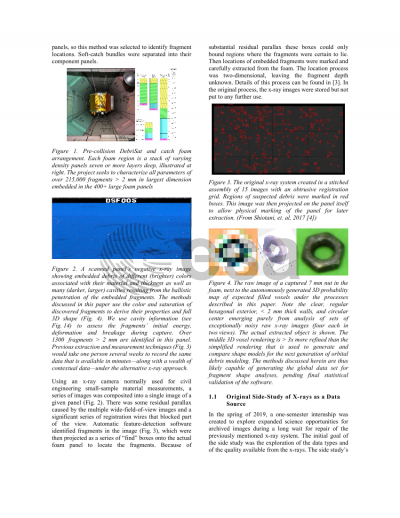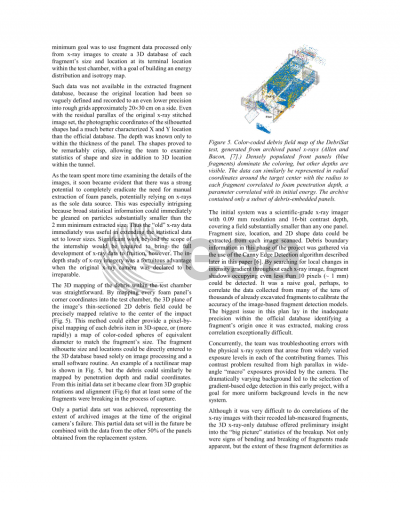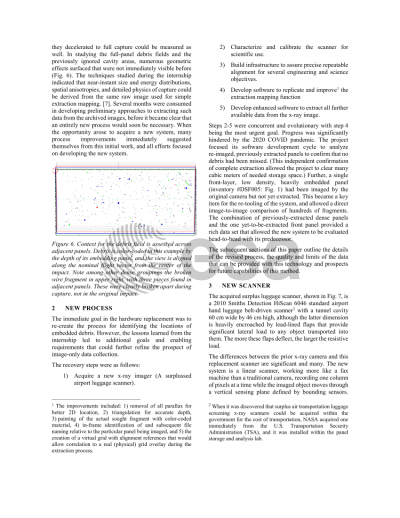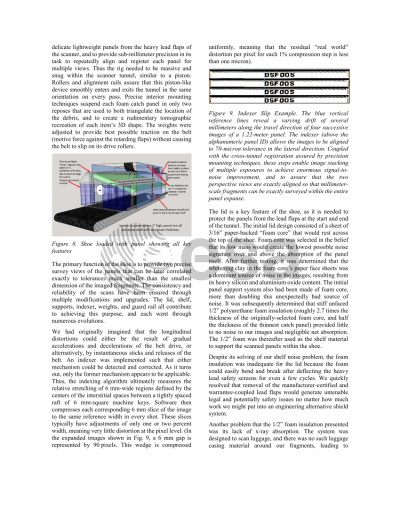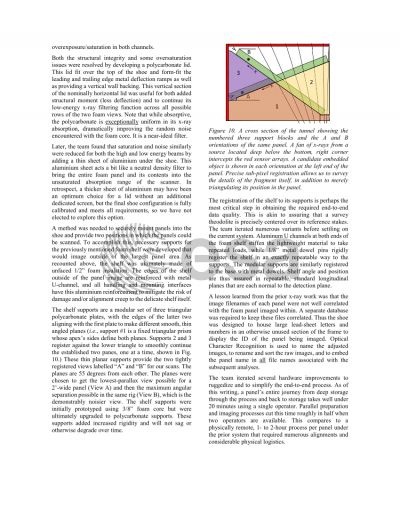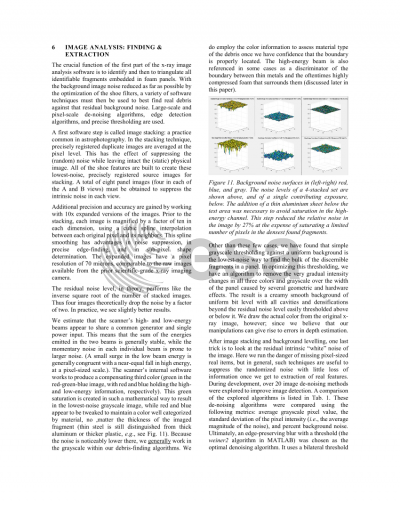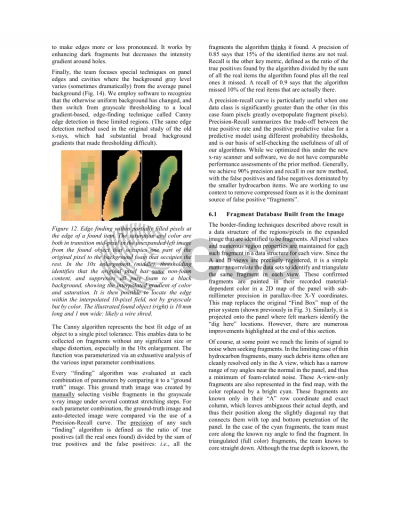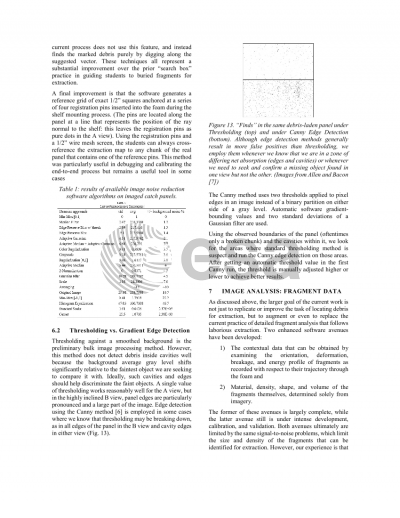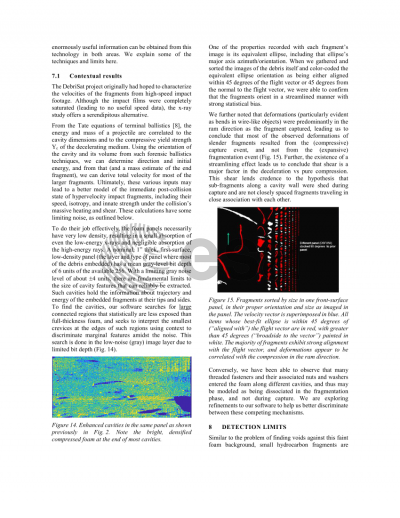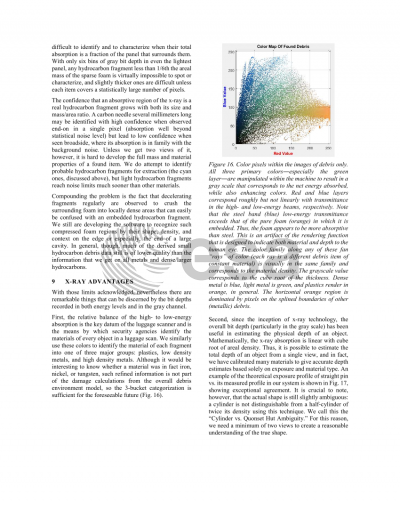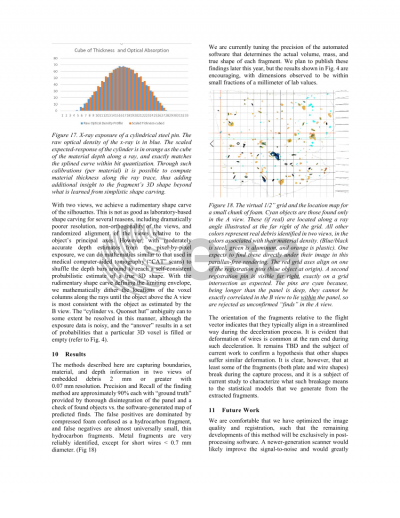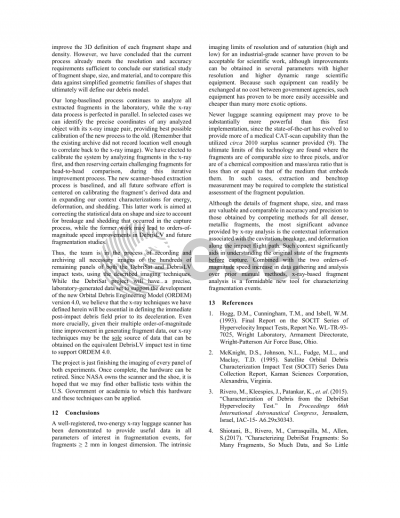Document details

Abstract
Laboratory study of hypervelocity spacecraft fragmentation has traditionally involved the collection and analysis of fragments that were caught in decelerating material surrounding the impact. This process has typically involved the disintegration of the catchment material either through chemical dissolution, or through physical excavation to recover the fragments. Due to the scale of fragmentation studies such as DebriSat and DebrisLV (each using more than 12 cubic meters of polyurethane foam to capture the fragments), these ongoing projects have used X-ray imagery to precisely locate and thus more efficiently extract fragments in the soft-catch material. Three years into the extraction process, a side study was initiated to determine additional information from the X-rays, with significant results. This study was instrumental when the project was forced to replace the X-ray system around which the extraction process had been based.
The revised process continues to map the debris for extraction. Having adapted the prior process to use alternate X-ray technology, the project is in parallel systematically addressing the limits/tolerances of what X-rays can reveal about size, shape, density, mass, velocity, energy, and deformation/damage exerted on the fragment during the deceleration in the catchment material. All these features have been optimized or have sufficient understanding to characterize the basic factors that will define a complete data set extracted solely from X-ray imagery. It is an ideal time to develop such a process, with extracted fragments providing “ground truth” against image-only data, and abundant available imagery of the same fragments under both the prior and replacement X-ray technologies, which have several fundamentally different characteristics.
This paper addresses the types and quality of hypervelocity fragmentation data that can be extracted from X-rays. It further addresses the question of whether and under what circumstances future hypervelocity experiments can use X-ray methods to largely–or to completely–avoid the extraction process in recording all appropriate results of the test. Lastly, this paper addresses lessons learned, and how future efforts might be further optimized.
Preview
